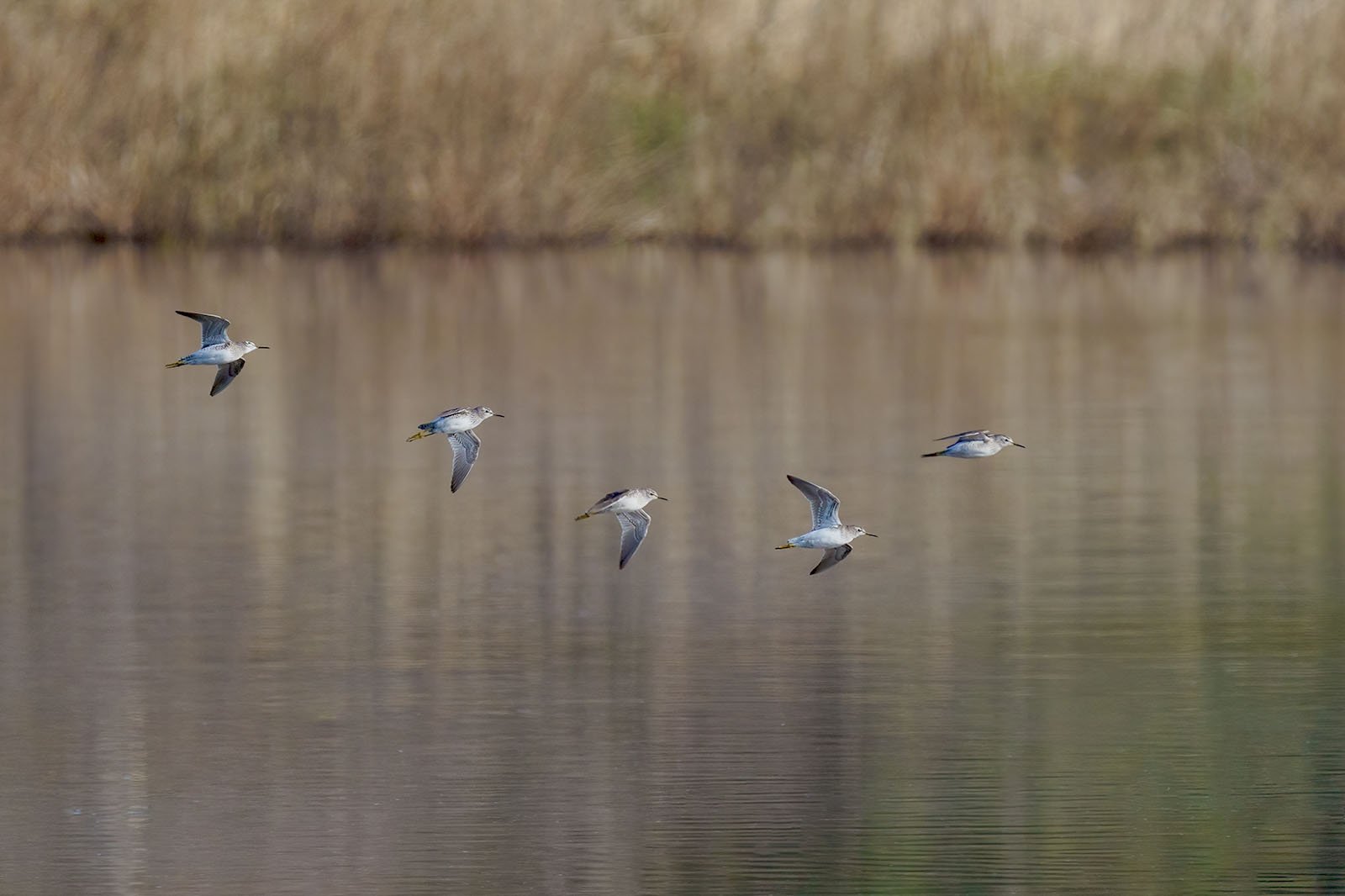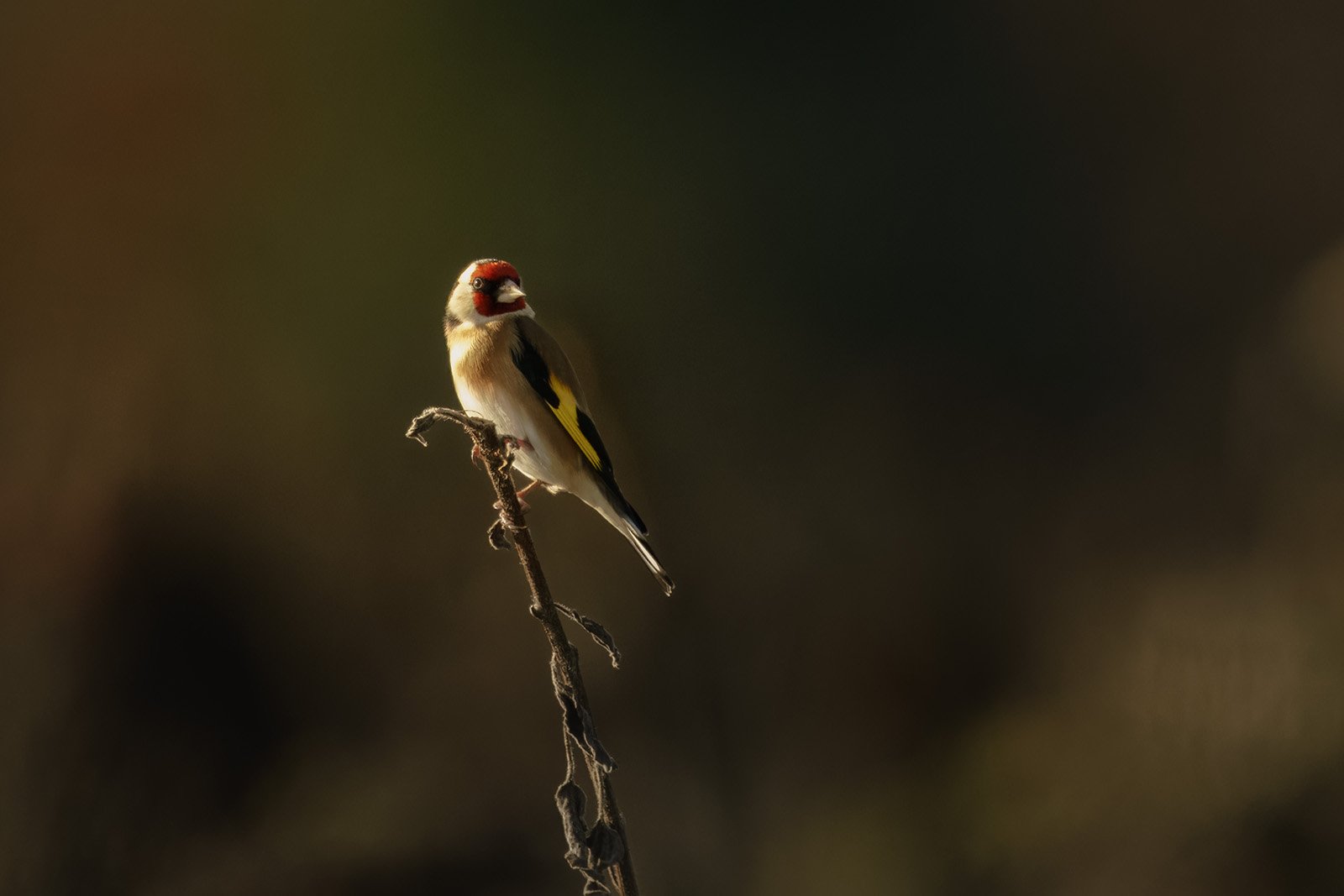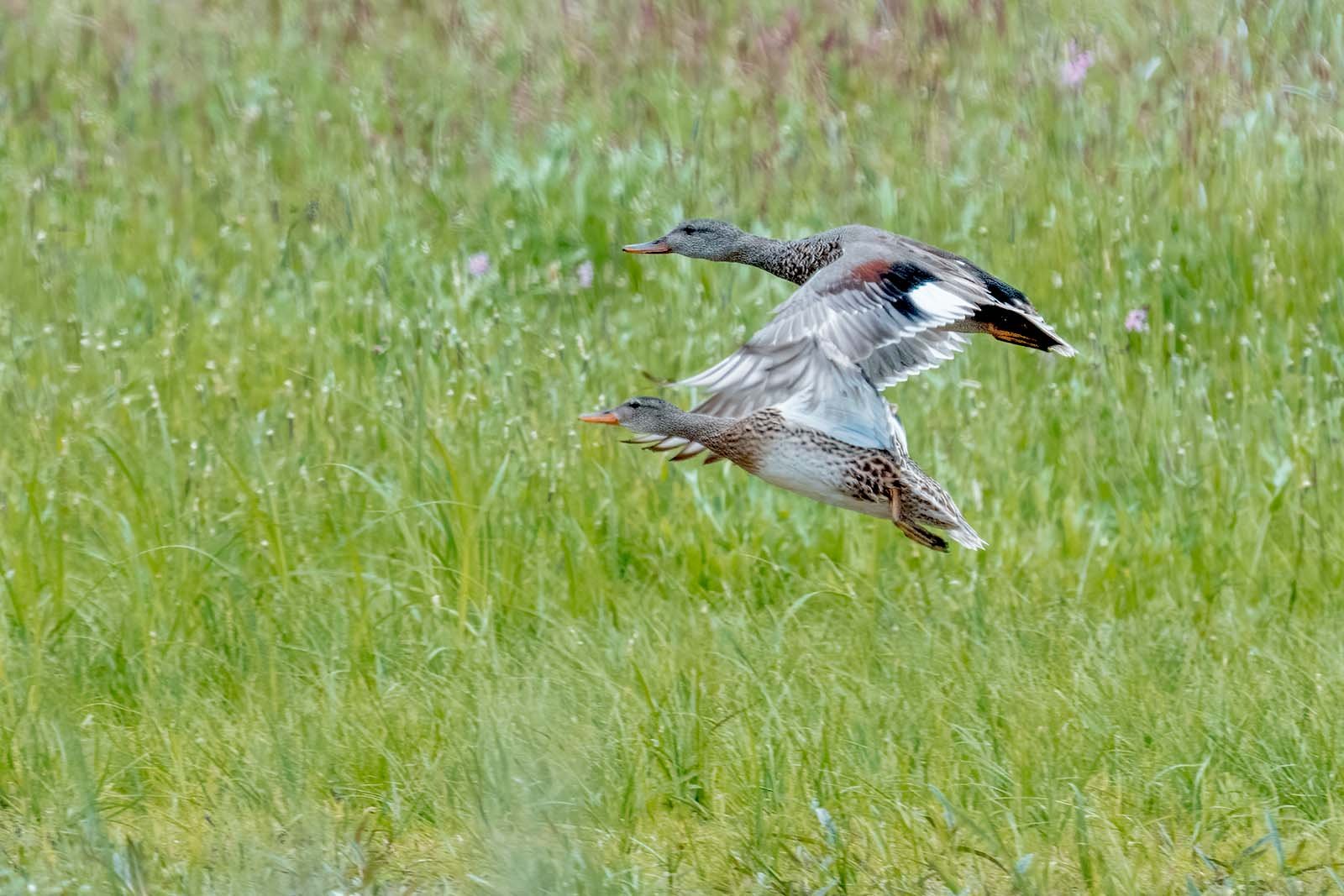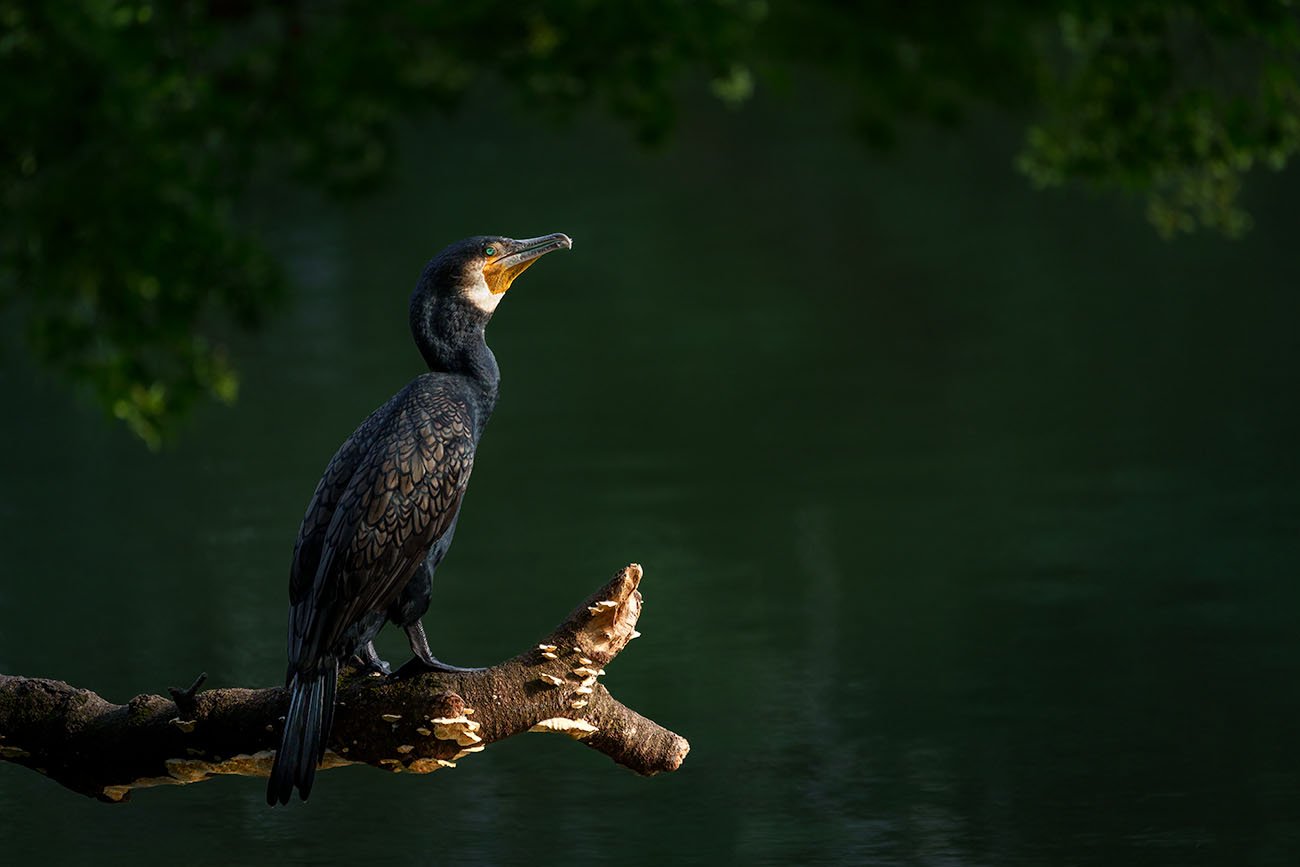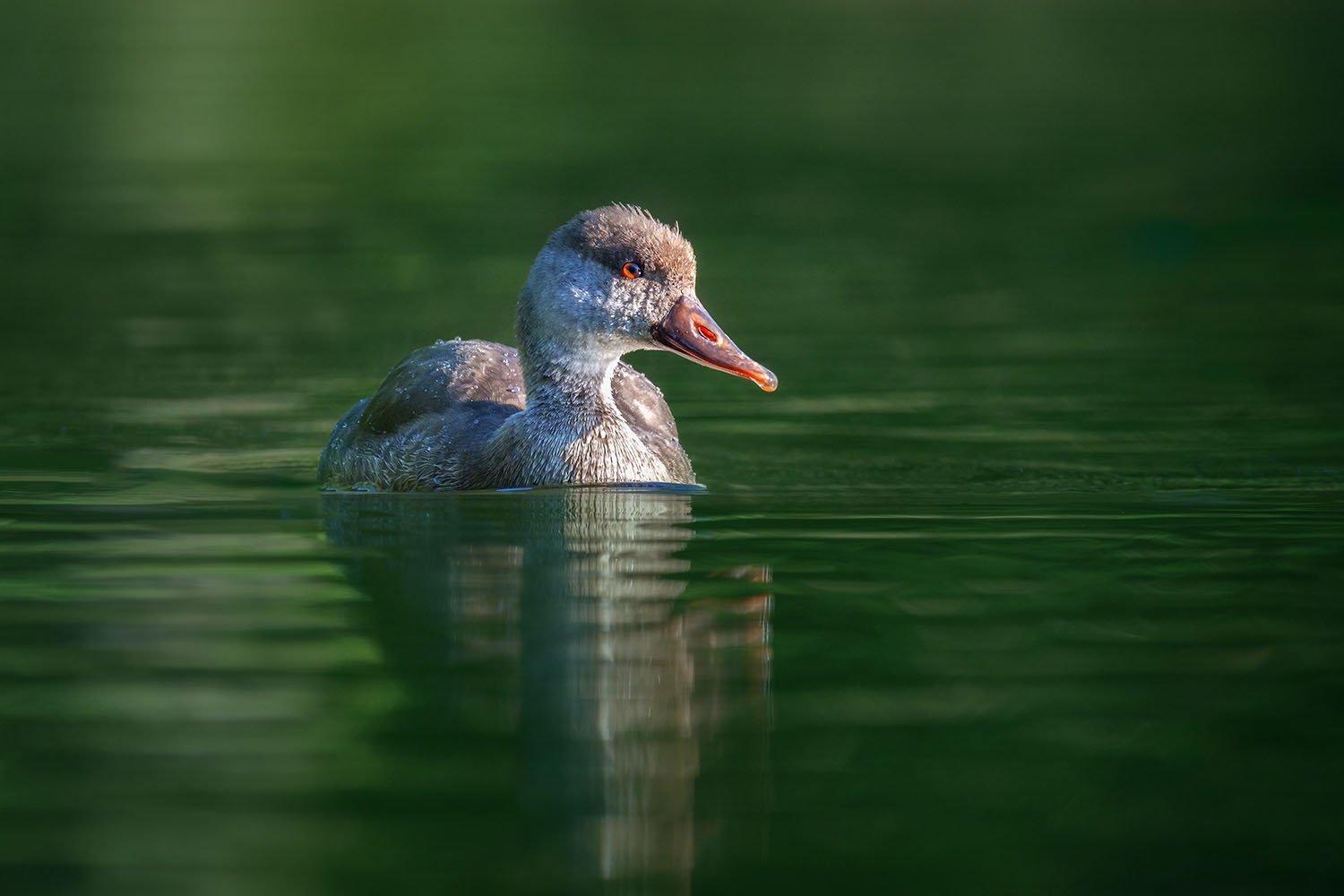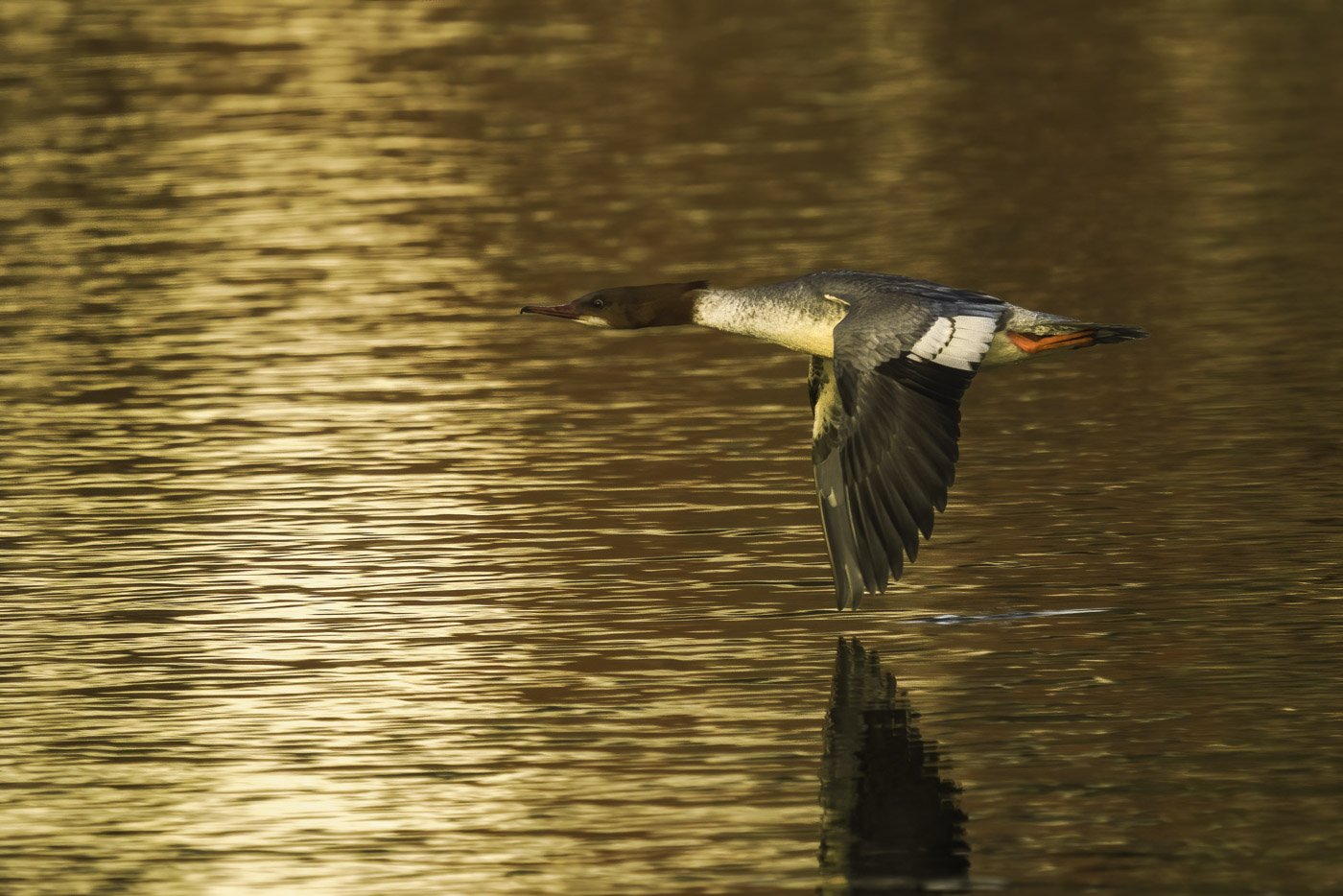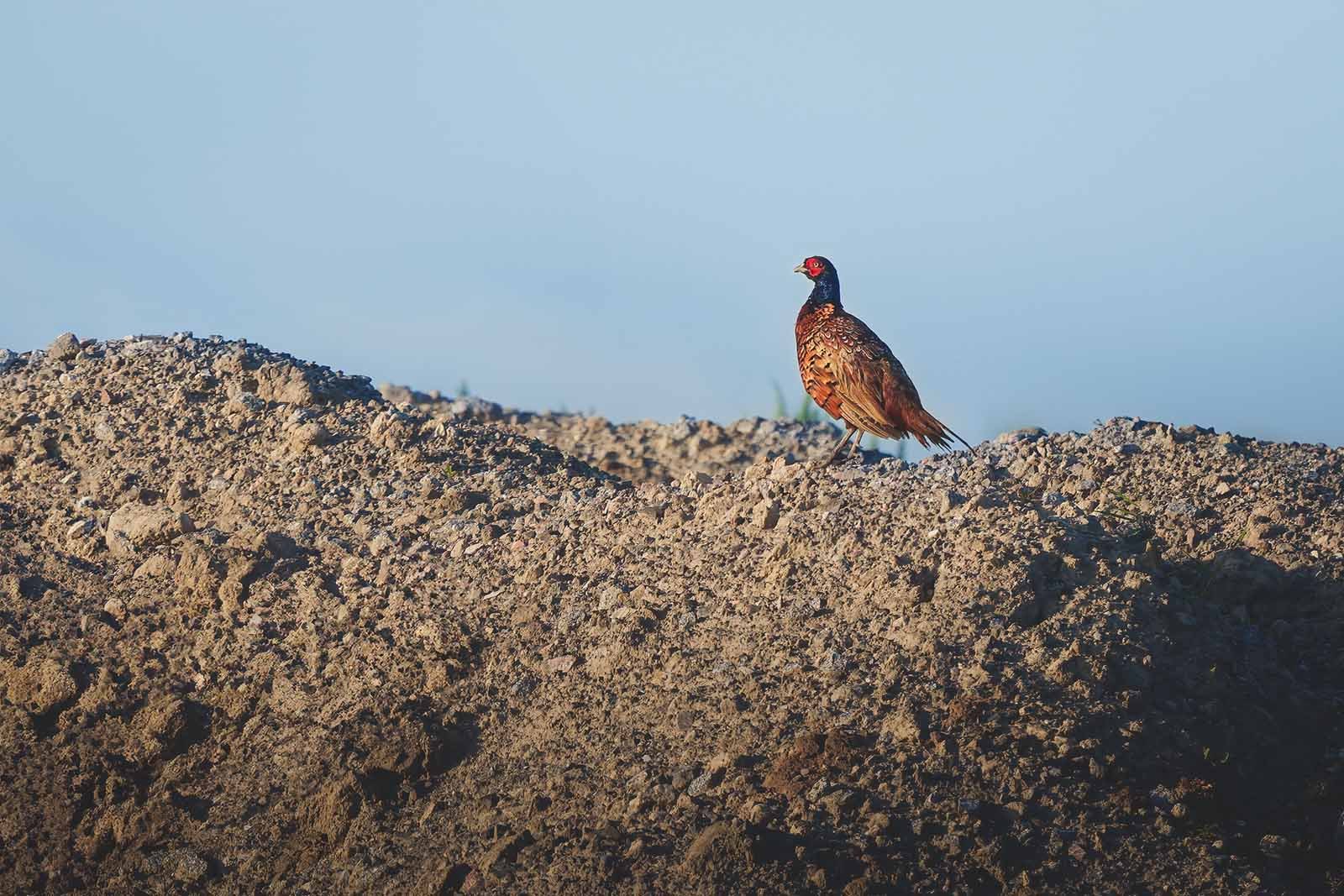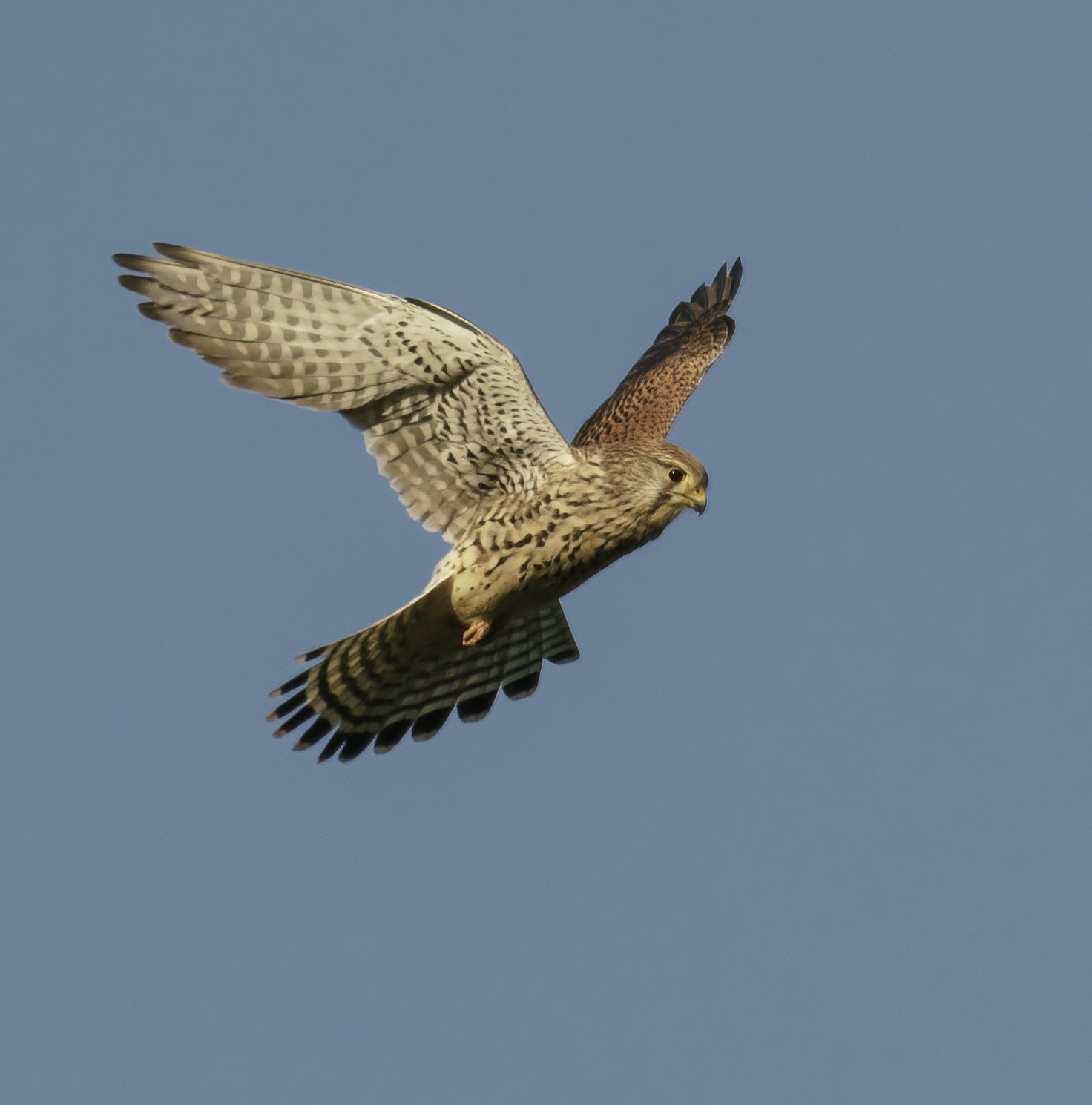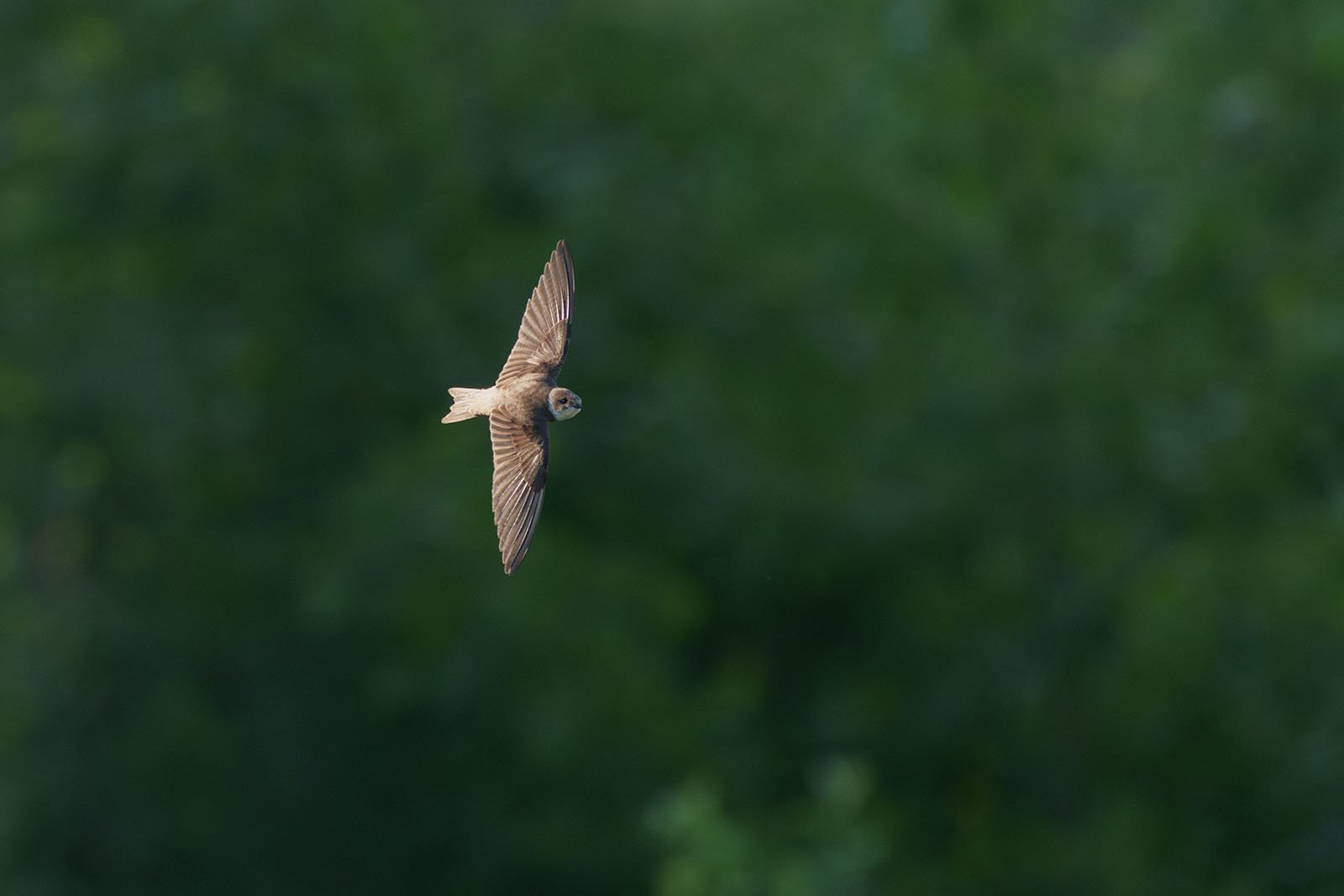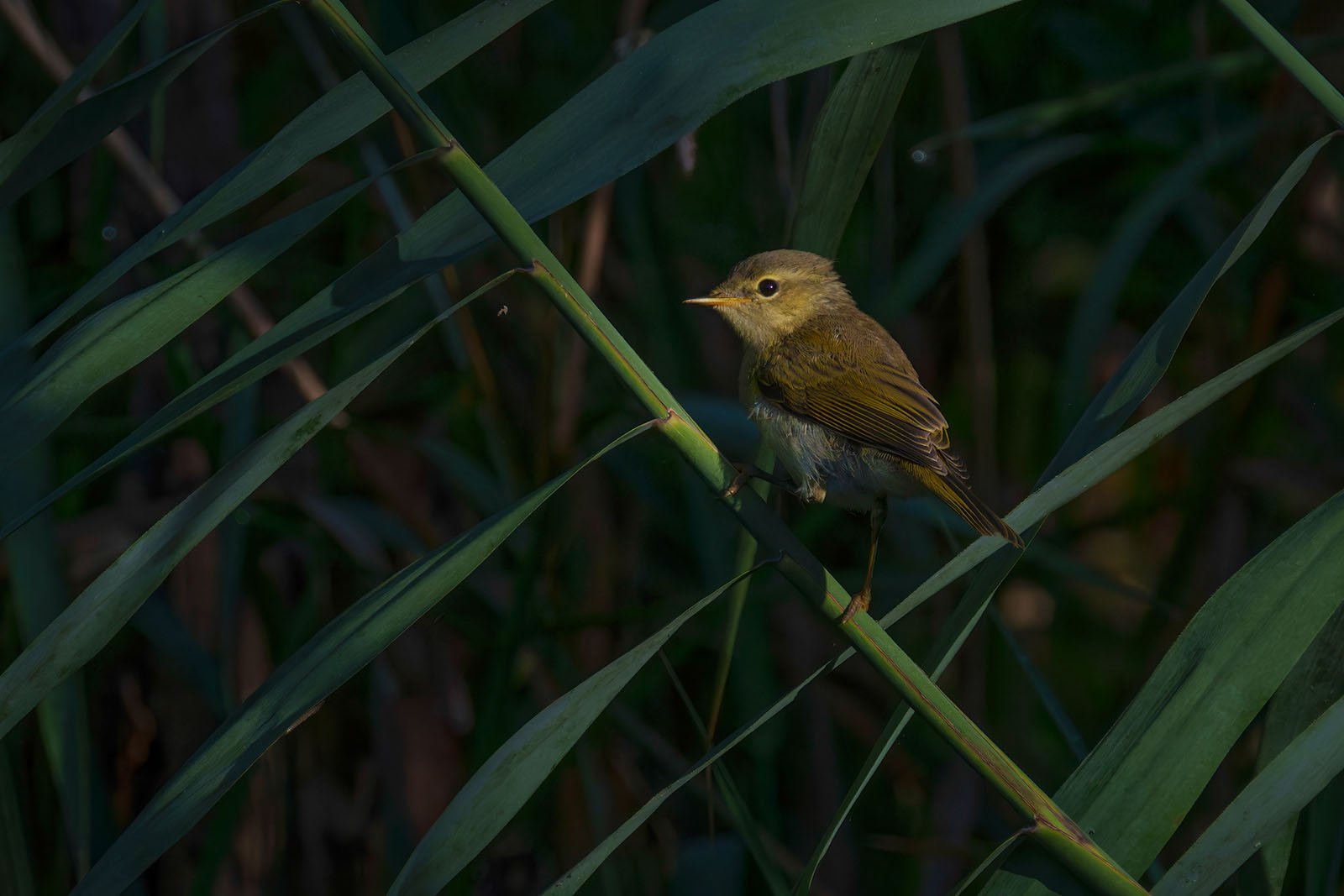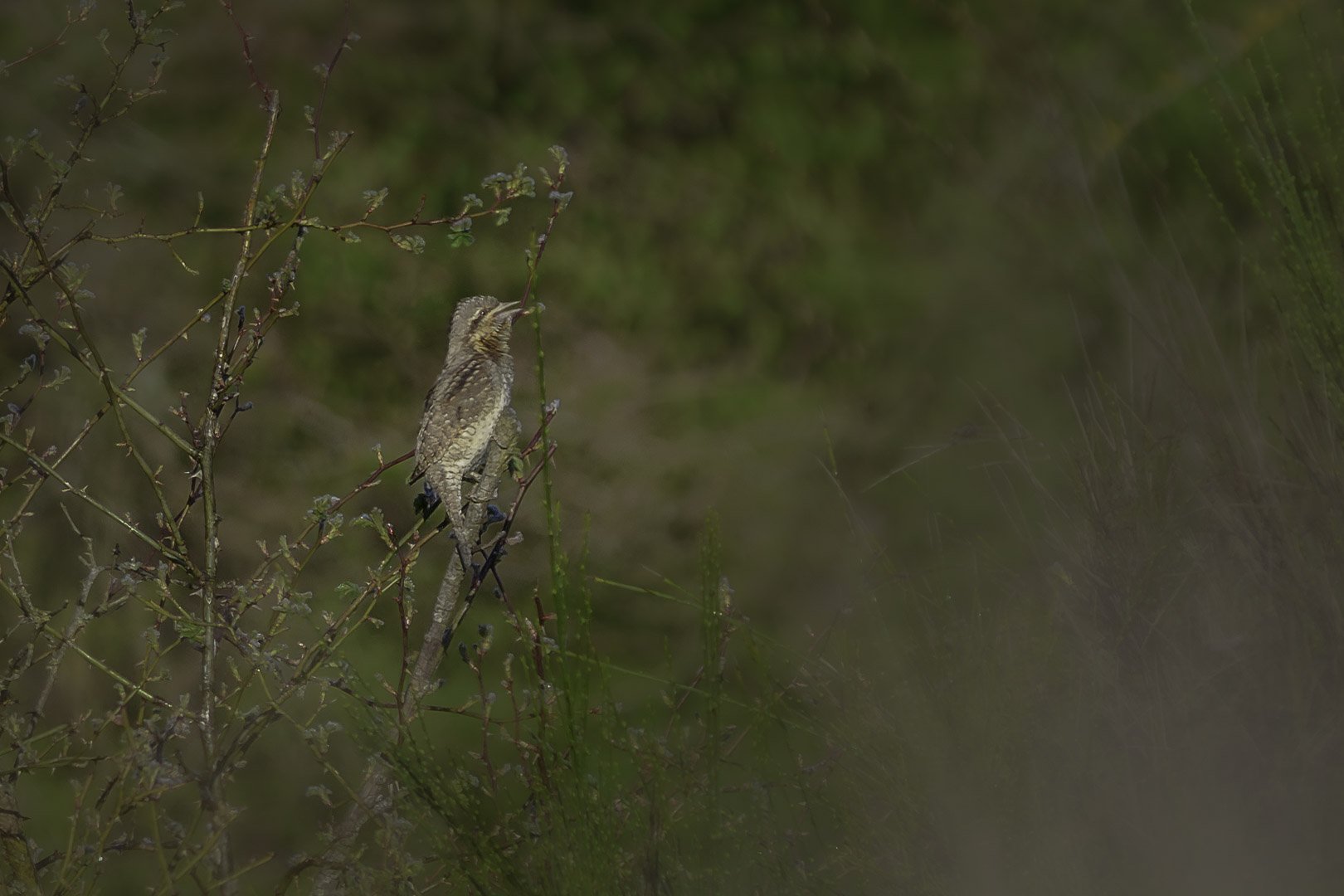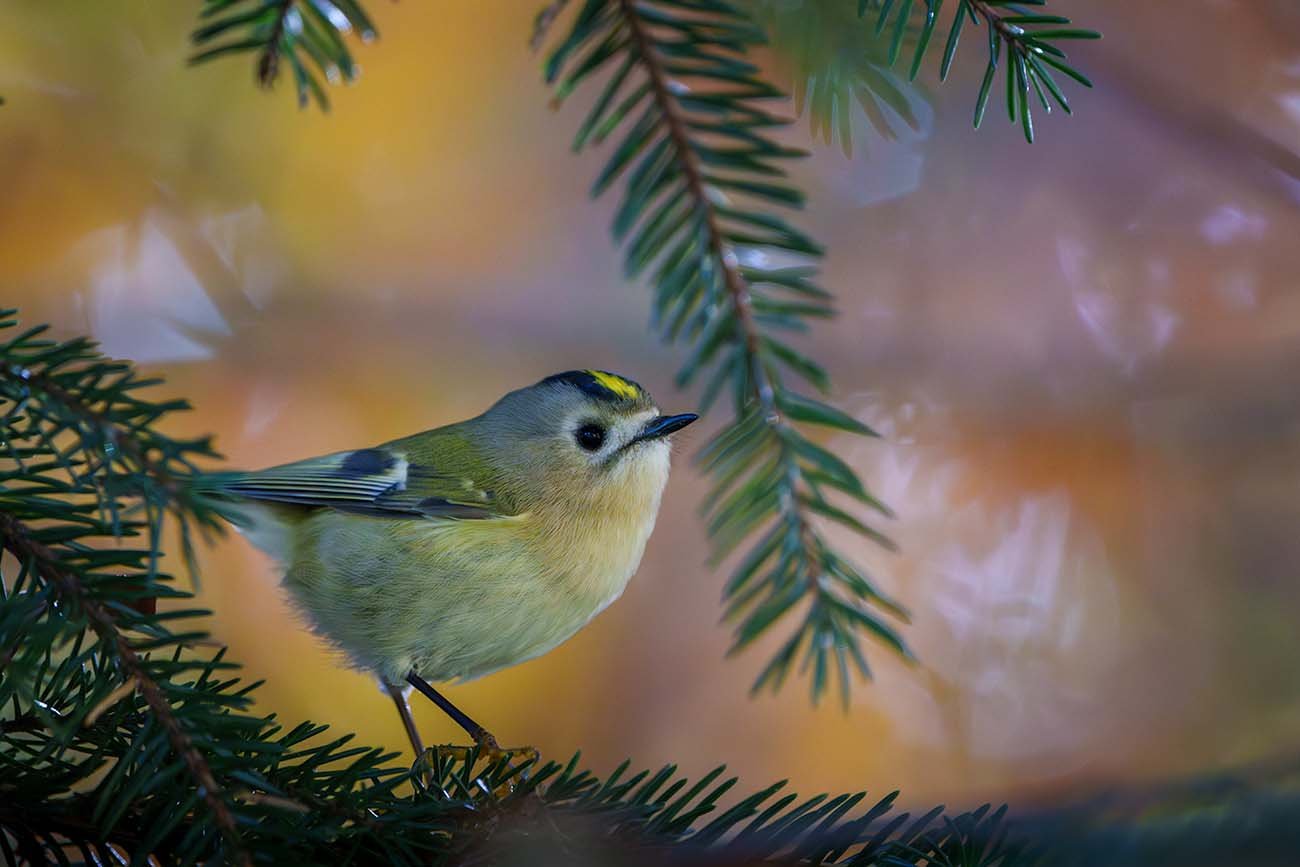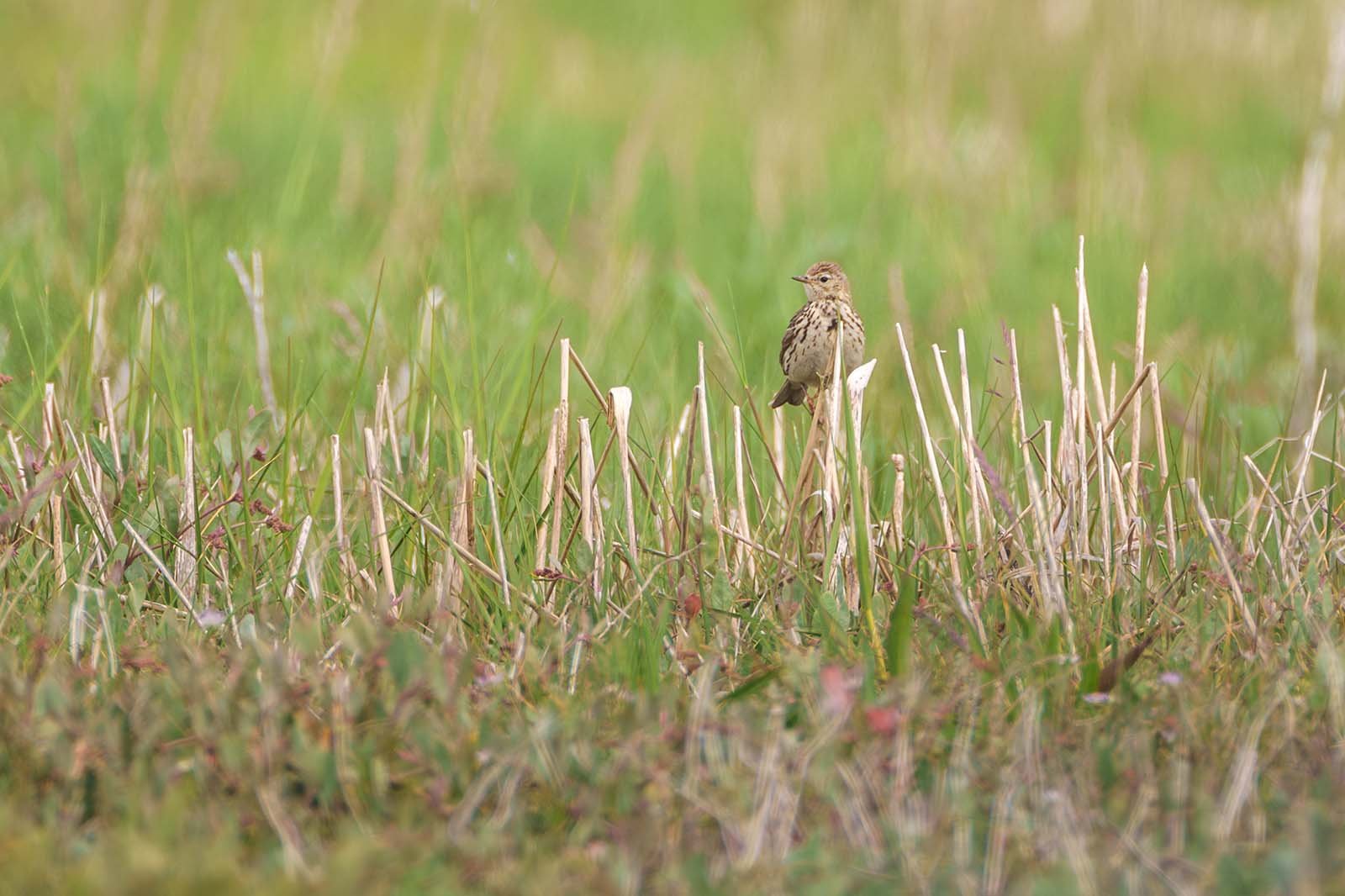Northern pintail (Anas acuta)
Northern pintail (Anas acuta)
Northern Pintail – The Sleek Dabbling Duck with a Distinctive Tail
The northern pintail (Anas acuta) is an elegant dabbling duck with a long neck and a striking tail spike. Learn more about its appearance, behavior, and habitat.
Shortlist
- Size: 51–62 cm (20–24 in) (excluding tail spike)
- Weight: 600–1,200 g (1.3–2.6 lbs)
- Appearance:
- Male: Dark brown head, white breast, long tail spike
- Female: Subtle brown plumage with fine patterns
- Habitat: Shallow lakes, marshes, open wetlands
- Diet: Aquatic plants, insect larvae, small crustaceans
- Breeding: Nest well hidden in dense vegetation
- Call: Males produce a deep “ruk-ruk,” females give soft quacking sounds
Key Facts About the Northern Pintail
- Scientific name: Anas acuta
- Family: Ducks, Geese, and Swans (Anatidae)
- Order: Waterfowl (Anseriformes)
- Distribution: Europe, Asia, North America
- Migration: Long-distance migrant, winters in Southern Europe, Africa, and Southeast Asia
- Conservation status: Declining due to habitat loss and hunting
Table of Contents
- Introduction
- Appearance and Identification
- Habitat and Distribution
- Diet and Feeding Behavior
- Breeding and Nesting
- Behavior and Vocalizations
- Migration
- Threats and Conservation
- FAQ – Frequently Asked Questions
Introduction
The northern pintail is a particularly slender dabbling duck, recognized by its long neck and the male’s distinctive pointed tail feathers. These features make it easily identifiable and give it an elegant appearance.
During the breeding season, it inhabits open, water-rich landscapes in the Northern Hemisphere. In autumn, it migrates to warmer regions, wintering in Southern Europe, Africa, and Asia.
Appearance and Identification
This dabbling duck has an exceptionally streamlined body shape, which, combined with its long neck, creates a sleek silhouette.
Plumage and Markings
- Male in breeding plumage: The head and neck are dark brown, contrasting sharply with the white breast. A thin white stripe extends up the neck. The most striking feature is the elongated tail feathers, giving the male its distinctive look.
- Female: The plumage is brownish with fine mottling, providing excellent camouflage in wetland habitats. Its subtle coloration makes it harder to distinguish from other female dabbling ducks.
- Juveniles: Resemble females; young males develop their distinctive plumage in their second year.
Bill and Legs
- The bill is long and grayish.
- The legs are also gray and mostly hidden while swimming.
Habitat and Distribution
The northern pintail prefers expansive, shallow wetlands with abundant vegetation.
Preferred Habitats
- Marshes and open lakes
- Shallow, vegetated wetlands in tundra and lowlands
- During migration, also found in river estuaries and coastal areas
Distribution
- Breeding range: Northern Europe, Asia, North America
- Wintering range: Southern Europe, Africa, South Asia
As a true migratory bird, the northern pintail travels long distances to reach warmer wintering grounds.
Diet and Feeding Behavior
The northern pintail has a varied diet, consuming both plant and animal matter.
Main Diet
- Aquatic plants, seeds, and roots
- Insect larvae, snails, and small crustaceans
Feeding Methods
- The pintail dabbles—a feeding technique where it tips forward with its head underwater while its tail sticks up.
- It often feeds at dusk or during the night.
Breeding and Nesting
Northern pintails begin nesting in spring in temperate climates.
- The nest is built a few meters away from water, well hidden in dense vegetation such as tall grasses or shrubs.
- A typical clutch consists of six to ten eggs, incubated by the female for 22–25 days.
- The chicks are precocial (able to leave the nest soon after hatching) and follow their mother to water within hours.
Behavior and Vocalizations
Outside of the breeding season, northern pintails are social birds that often gather in large flocks.
Vocalizations
- Males: Produce a deep, rolling “ruk-ruk” sound, especially during courtship.
- Females: Have a softer quack, quieter than that of a mallard.
Migration
- In autumn, northern pintails leave their breeding areas and migrate southward to warmer regions.
- Their wintering range includes Southern Europe, North Africa, and South and Southeast Asia.
Threats and Conservation
Threats
- Wetland destruction due to drainage and land development is a major threat.
- In some wintering areas, hunting still reduces populations.
Conservation Measures
- Protection and restoration of wetland habitats
- Regulation of hunting in staging and wintering areas
FAQ – Frequently Asked Questions
What does the northern pintail eat?
Primarily aquatic plants, supplemented with insect larvae and small crustaceans.
Is the northern pintail a migratory bird?
Yes, it is a long-distance migrant, wintering far from its breeding grounds.
How does the northern pintail feed?
It dabbles—tipping forward with its head underwater while keeping its tail up.
Why is the male northern pintail so distinctive?
Its long, pointed tail feathers and elegant neck make it easily recognizable.
Where can you see northern pintails in winter?
In Southern Europe, Africa, and parts of South and Southeast Asia.
Conclusion
The northern pintail is a graceful and highly migratory dabbling duck, distinguished by its streamlined shape and the male’s striking tail feathers. Whether feeding in shallow waters, flying in formation, or gathering in wintering flocks, this elegant species is a fascinating sight for birdwatchers around the world.





